We have liftoff – Atlas-V 20-05-2015 13:05 UTC
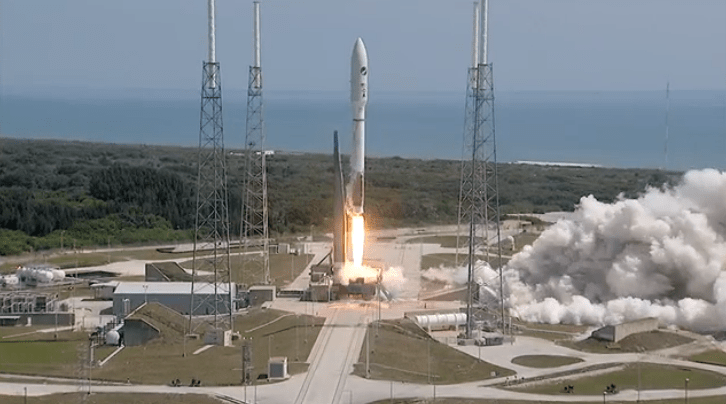

We have liftoff – Atlas-V 20-05-2015 13:05 UTC

Atlas V AFSPC-5: ULTRASat CubeSat Summary
The Ultra Lightweight Technology and Research Auxiliary Satellite (ULTRASat) consists of 10 CubeSats contained in eight Poly-Pico Orbital Deployers (P-PODs) built by the California Polytechnic State University in San Luis Obispo, CA. The eight P-PODs are integrated into a structure built by the Naval Postgraduate School (NPS) in Monterey, CA. A depiction of the ULTRA Sat configuration is included. Seven of the eight P-PODs contain a total of nine NRO-sponsored CubeSats while one of the P-PODs has one NASA-sponsored satellite. A brief description of the CubeSats is provided below.
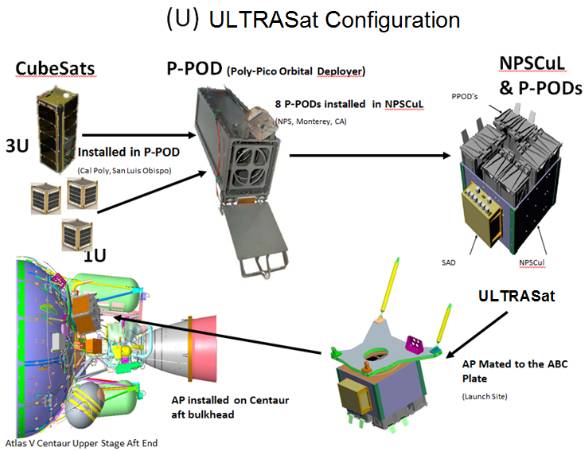
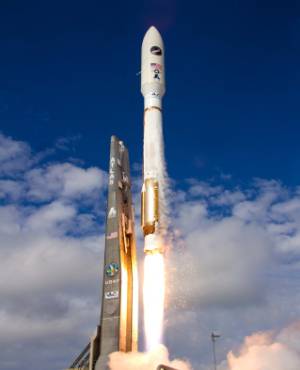 NRO-Sponsored CubeSats:
NRO-Sponsored CubeSats:
BRICSat-P:
Developer: U.S. Naval Academy and George Washington University
Configuration: One 1.5U CubeSat
Mission: BRICSat-P stands for Ballistically Reinforced Communication Satellite–Propulsion Test Unit. The primary mission is to characterize the performance of miniature pulse plasma thrusters, developed by the George Washington University, in the space environment
while providing an amateur radio communication service. The U.S. Naval Academy also plans to use the thrusters for attitude control and then to deorbit the satellite at the end of the mission.
Frequency and Modulation: 437.975 9600bps FSK
Psat:
Developer: U.S. Naval Academy
Configuration: One 1.5U CubeSat
Mission: Psat stands for Parkinson Sat and its primary mission is a communications payload with two transponders operating in the Amateur Satellite Service. One enables handheld texting and position/data reporting between handheld radios almost anywhere on Earth and/or to the internet. The second can support up to 30 simultaneous text users from laptop type portable ground stations.
Frequency and Modulation: 145.825 1200bps AFSK APRS
Frequency and Modulation: 435.350 PSK31
USS Langley:
Developer: U.S. Naval Academy
Configuration: One 3U CubeSat
Mission: The USS Langley satellite’s primary objective is to demonstrate the ability to host a web server on a CubeSat which will utilize common TCP/IP internet protocol accessible to any internet user. If proven, there is a potential to use small satellite constellations as networks. The U.S. Naval Academy will also be comparing the internet speed of the space-based network versus terrestrial networks.
Frequency and Modulation: 437.475 9600bps FSK
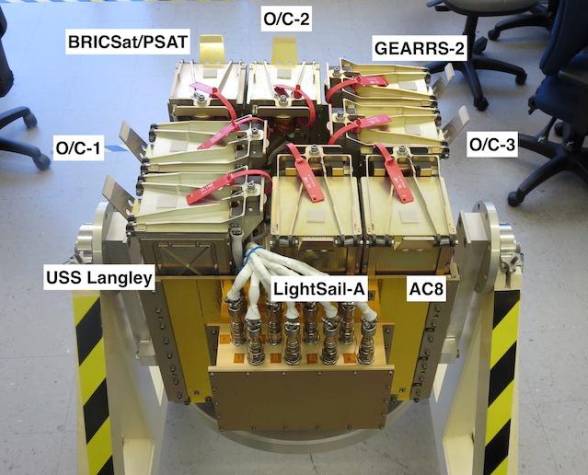
NASA-Sponsored CubeSats:
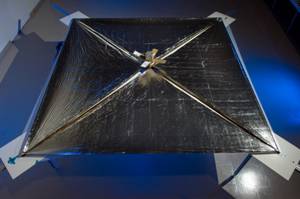 Lightsail-A:
Lightsail-A:
Developer: Ecliptic Enterprises Corporation, California Polytechnic University San Luis Obispo, Georgia Institute of Technology, Boreal Space, Half-Band Technologies LLC and Stellar Exploration, Inc.
Configuration: One 3U CubeSat
Mission: LightSail is a privately developed solar sail project conceived and led by The Planetary Society. Designed to demonstrate the viability of using solar sailing for propulsion on a small, 3-unit CubeSat, a spacecraft about the size of a loaf of bread, LightSail is embarking on two missions: this shakedown cruise designed to test out the spacecraft’s systems and a full-fledged solar sailing flight in 2016. As a non-profit space interest group, The Planetary Society invests in innovative technology to advance space exploration and will leverage citizen-funded LightSail to inform future missions among the space community.
Frequency and Modulation: 437.435 9600bps FSK
The AESP-14 satellite of Brazil was released from the Kibo module on board the International space Station. So listen on 437.600 FM 9k6 FSK and participate in the CRAM Amateur Radio Experiment.
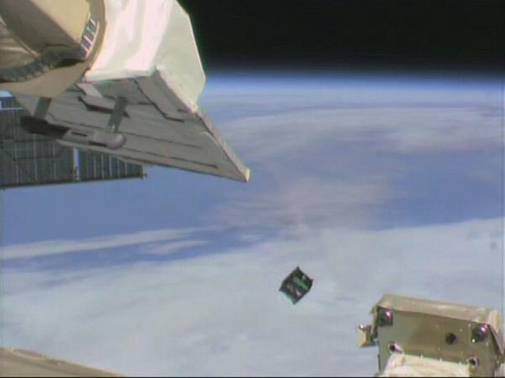
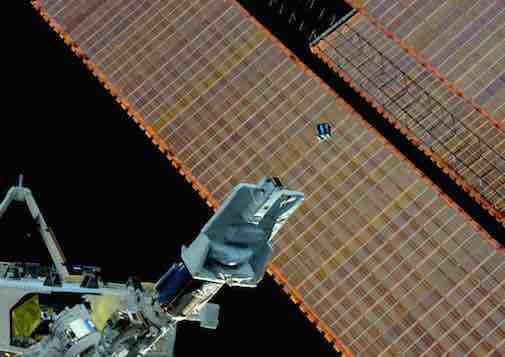
The Delta-2 with on board four cubsats: FIREBIRD II-A & B, GRIFEX, ExoCube is finally launched from SLC-2W Vandenberg.

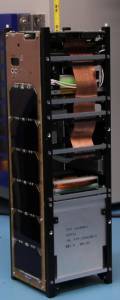 GRIFEX public ground station software can be downloaded at: mxl-ops.engin.umich.edu
GRIFEX public ground station software can be downloaded at: mxl-ops.engin.umich.edu
MXL Blog with the latest updates can be found at: Michigan Exploration Laboratory, GRIFEX operation
GRIFEX, the GEO-CAPE ROIC In-Flight Performance Experiment, is a 3-Unit CubeSat that hosts an engineering experiment setting out to demonstrate an all-digital in-pixel high frame rate Read-Out Integrated Circuit developed at the Jet Propulsion Laboratory.
Firebird-2 information: SSEL
EXOCube information: PolySat

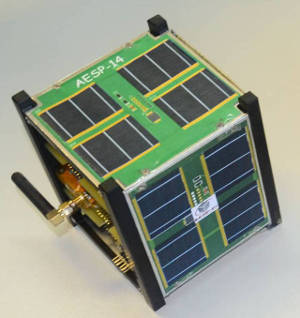 First Cubesat Developed in Brazil.
First Cubesat Developed in Brazil.
PY2SDR has confirmed the deployment of AESP-14 from the International Space Station at 14:30 UTC on Thursday, February 5.
The AESP-14 team would like to ask the help of the AMSAT community to forward any received telemetry frames back to the team. For this, please save the AX.25 frames in KISS format and forward the file to aesp14 (at) ita.br. Telemetry format can be found at this location: AESP14-Telemetry Format.
AESP-14 CubeSat
Frequency: 437.600 MHz 9k6 AX25
After launch we can use the TLE data from ISS.
Source: Amsat-BB
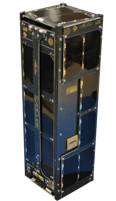 CubeSat launch scheduled for Jan 29, 2015 14:20 UTC from Vandenberg Air Force Base Space Launch Complex with a Delta-2 rocket.
CubeSat launch scheduled for Jan 29, 2015 14:20 UTC from Vandenberg Air Force Base Space Launch Complex with a Delta-2 rocket.
Primary payload: Soil Moisture Active Passive (SMAP) secondary payload: ELaNa-X (3 POD)
Firebird-II FU3 437.405 MHz 19k2 FSK Firebird-II FU4 437.230 MHz 19k2 FSK GRIFEX 437.485 MHz 9k6 FSK Exocube (CP-10) 437.270 MHz 9k6 FSK
Preliminary TLE
EXOCUBE 1 99993U 00000 15029.59770833 -.00001134 00000-0 -64350-4 0 00004 2 99993 099.0736 036.6690 0163275 344.1705 144.7582 15.02264856000014 FIREBIRD-2 1 99991U 00000 15029.59770833 -.00001191 00000-0 -74412-4 0 00005 2 99991 099.0666 036.7936 0148155 343.1200 146.2345 15.00731451000019 GRIFEX 1 99992U 00000 15029.59770833 -.00000939 00000-0 -53803-4 0 00006 2 99992 099.0410 036.6726 0153788 343.4726 145.2471 15.03079548000011
Source: SatBLOG DK3WN